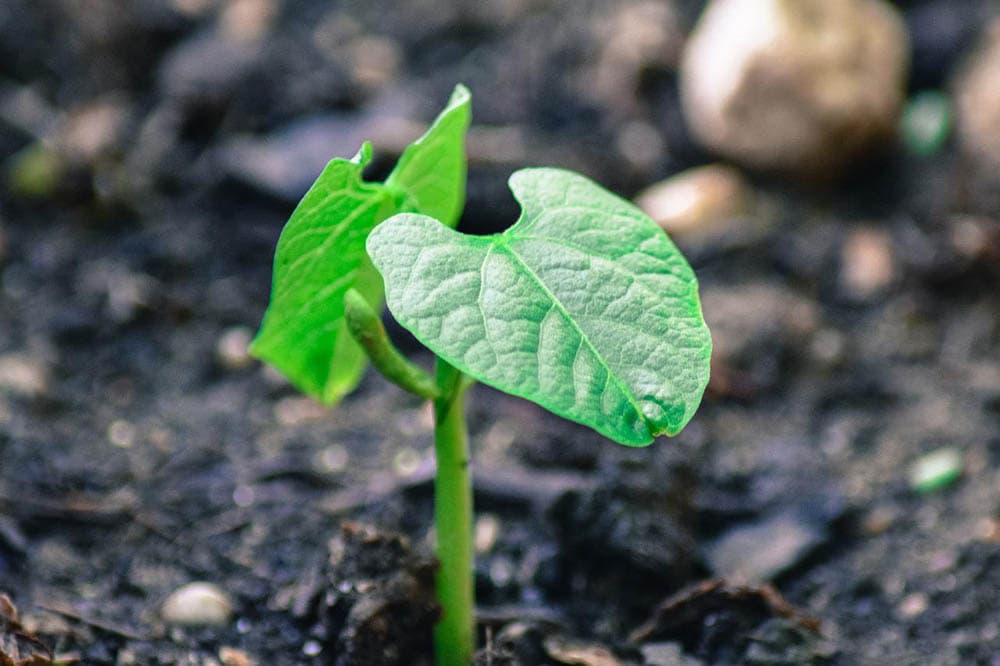When to Stop Watering New Grass? Frequency, Facts & FAQ
-
Pete Ortiz
- Last updated:

Caring for newly planted grass seed can be complicated, but not once you learn how. The germination process is delicate and will take commitment. The new seed will need to be watered a minimum of once per day until it reaches one inch tall. Variables such as type of soil, sprinkler system, rainfall, sun exposure, and temperature will affect the watering schedule.
 How Often to Water New Grass Seed
How Often to Water New Grass Seed
To prepare the seed and the area for the germination process, you will need to water the ground. Inserting a screwdriver six to eight inches into the ground without difficulty will ensure proper saturation, and you can plant the seed.
Immediately after planting the seed, water it for five to ten minutes. The top several inches of soil should also be moist.
Continue to keep the area moist from this point forward. The seed should be watered twice a day. The top few inches of soil should be kept moist. Otherwise, the seeds will dry out and die.

Best Time to Water
You will want to water the grass during the coolest parts of the day. The best time for water to absorb into the ground is in the morning and evening. If you have a sprinkler system, you can easily have the timer set to water the seed every morning and evening.
If your area lacks rainfall, stick to watering twice a day. If you have heavy rainfall, you should cut back on the watering. You want the soil to be moist, not soggy.
How Long Should You Water New Grass Seed?
That will depend on the type of soil. Generally, watering your seed for ten minutes, twice a day is sufficient to moisten the soil.
Once the grass starts to sprout, the watering will be less frequent and deeper into the soil. Gradually increase the morning watering schedule and decrease the evening. The goal is to eventually water the grass in the morning between six and ten. Including rainfall, the grass will need about one inch of water per week.

- Be careful not to overwater and create puddles. The seed will move around and become unevenly distributed. If the new grass does not get oxygen, the roots will choke and die.
- If the seed is planted on a sloped area, you may need to water less but more frequently. Applying some mulch over the seed will reduce evaporation and seed movement.
- A shaded area should be watered less than an area that has a lot of sun exposure. Water the whole area evenly with your sprinkler. As the area that is exposed to sun dries out, give it a hand watering.
- Check your sprinkler for any blocked holes. Be sure that it is watering evenly and efficiently.
- Do not walk on the newly planted seed for at least 4 weeks. New blades of grass are delicate. Walking or driving on it can kill or damage the new sprouts.
How Long Will the Seed Take to Grow?
It usually takes between three and 28 days to see some sprouts. It will depend on the climate, where you live, and the type of seed.
The most important factor is keeping the seed moist. Staying dedicated to watering the grass according to the schedule is critical to growing a beautiful and healthy lawn. It takes time, however.
Note: Grass grows in single blades. Eventually, the blades grow into a plant. A healthy lawn can take a year or more to become thick and lush.
 In Conclusion
In Conclusion
Watering your new grass is essential for success. It is critical that you stick to the schedule and adjust watering based on the temperature, rainfall, and exposure. Stay committed, it will be worth it.
Happy watering!
Featured Image Credit: rongthep, Pixabay
Contents

 How Often to Water New Grass Seed
How Often to Water New Grass Seed